Home>Interior Design>What Color Should I Paint My Walls If My Floor Is Gray?
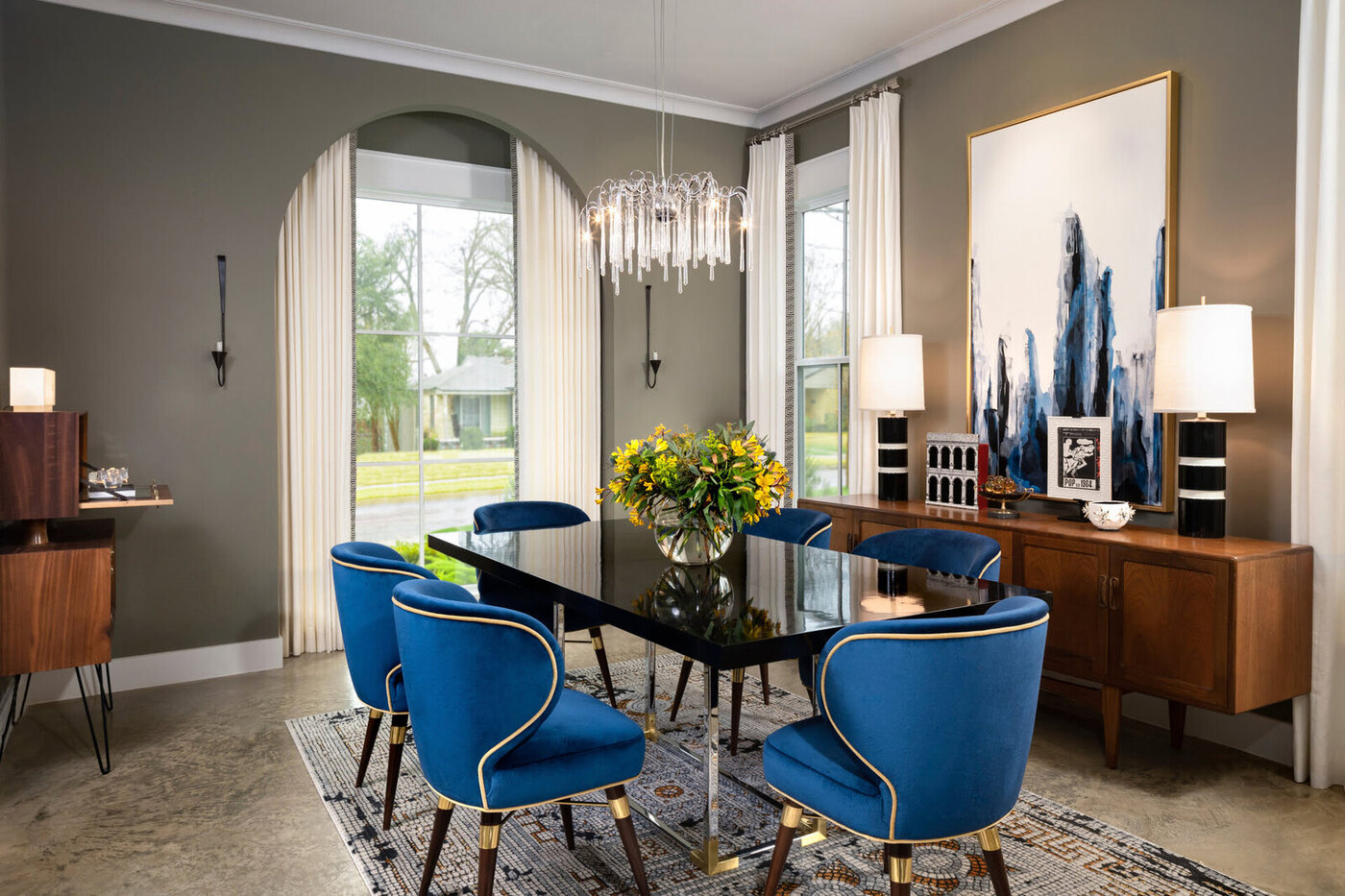

Interior Design
What Color Should I Paint My Walls If My Floor Is Gray?
Modified: December 7, 2023
Discover the perfect interior design solution for your gray floor with our expert advice on choosing the ideal wall color. Enhance your space with the perfect color combination and create a stunning aesthetic.
(Many of the links in this article redirect to a specific reviewed product. Your purchase of these products through affiliate links helps to generate commission for Storables.com, at no extra cost. Learn more)
Introduction
Choosing the right wall color can have a significant impact on the overall look and feel of a room. When you have gray floors, it’s important to select a wall color that complements and enhances the existing aesthetic. With the right color choice, you can create a harmonious and visually appealing space that reflects your personal style.
Gray floors are a versatile choice, as they can work well with a variety of color palettes and design styles. Whether you have light gray, dark gray, or a combination of shades, there are several considerations to keep in mind when selecting the perfect wall color. By understanding these factors, you can make an informed decision that creates a cohesive and visually pleasing environment.
In this article, we will explore different color options for painting walls when you have gray floors. We will discuss complementary colors, neutral colors, accent colors, warm colors, and cool colors. By understanding the characteristics of each color group, you will gain insights on how to create a balanced and harmonious space that suits your personal preferences.
Key Takeaways:
- When choosing a wall color to complement gray floors, consider factors like lighting, floor shade, room size, existing decor, and personal preference to create a visually pleasing and balanced environment.
- Explore the possibilities of using complementary, neutral, accent, warm, or cool colors to enhance the beauty of your gray floors and transform your room into a stunning and inviting space.
Considerations when choosing wall color with gray floors
When selecting a wall color to go with gray floors, there are a few key considerations to take into account. These factors will help you narrow down your options and make an informed decision:
- Lighting: Consider the amount and type of lighting in the room. Natural light can affect how colors appear, so it’s important to evaluate how your chosen wall color will look under different lighting conditions.
- Floor Shade: Determine whether your gray floors are light, medium, or dark in color. This will impact the overall contrast and mood of the room when combined with different wall colors.
- Room Size and Purpose: Consider the size of the room and its intended purpose. Lighter wall colors can create an illusion of openness and spaciousness in smaller rooms, while darker shades can add coziness and intimacy.
- Existing Decor: Take into account any existing furniture, accessories, or artwork in the space. Your wall color should complement and enhance the overall aesthetic of the room.
- Personal Preference: Ultimately, choose a wall color that resonates with your personal style and preferences. This will ensure that you feel comfortable and happy in your space.
By considering these factors, you can narrow down your options and select a wall color that harmonizes with your gray floors and creates a cohesive and visually pleasing environment.
Complementary Colors
Complementary colors are hues that are opposite each other on the color wheel. When it comes to choosing a wall color that complements gray floors, you can opt for colors that are opposite gray on the color wheel.
For light gray floors, consider using warm complementary colors such as soft yellows, pale pinks, or light shades of blue. These colors create a harmonious and balanced look, enhancing the coolness of the gray while adding warmth to the space.
On the other hand, if you have dark gray floors, you can choose cooler complementary colors to create a striking contrast. Options like rich oranges, deep purples, or vibrant teals can add depth and intensity to the room.
When using complementary colors, it’s important to consider the intensity of the colors and the overall aesthetic you want to achieve. If you prefer a subtle and cohesive look, opt for muted and toned-down versions of the complementary colors. If you want a bold and dramatic effect, go for vibrant and saturated shades.
Remember to test the chosen complementary color on a small section of the wall to see how it interacts with the gray floors and the surrounding elements. This will help you ensure that the combination is visually pleasing and achieves the desired effect.
Neutral Colors
Neutral colors are a popular choice when it comes to selecting a wall color that complements gray floors. These colors can create a calm and timeless backdrop for your space, allowing the gray floors to take center stage while providing a soothing and versatile atmosphere.
When using neutral colors with gray floors, there are a variety of options to consider. Light neutrals such as off-white, cream, or beige can create a soft and airy feel, particularly in rooms with ample natural light. These shades can help brighten up the space and create a sense of openness.
If you prefer a more dramatic look, you can opt for darker neutral shades like charcoal gray, chocolate brown, or taupe. These deeper hues can add depth and sophistication to the room, creating a cozy and intimate atmosphere.
One advantage of using neutral colors is their versatility. They can easily be paired with different furniture styles, accessories, and decor, allowing you to change the overall look of the room without repainting the walls.
When selecting a neutral color, consider the undertones. Some neutral shades may have warm undertones like yellow or red, while others may have cool undertones like blue or green. Take into account the undertones of your gray floors and other elements in the room to ensure a cohesive and harmonious color scheme.
Keep in mind that the lighting in the room can also influence how neutral colors appear. Natural light can brighten up the shades, while artificial lighting can impact their warmth or coolness. Test different neutral colors in the space and observe how they interact with the gray floors and the overall ambiance of the room before making a final decision.
Consider warm colors like beige, cream, or light brown to complement the cool tones of gray floors. These colors create a cozy and inviting atmosphere.
Accent Colors
Adding accent colors to your walls can inject personality and visual interest into a room with gray floors. These colors are typically used sparingly to create focal points or highlight specific areas of the space.
When choosing accent colors, consider the overall color scheme of the room and the vibe you want to create. You can opt for bold and vibrant hues for a pop of color or choose subtle and subdued shades for a more understated look.
One way to select accent colors is to take inspiration from the existing elements in the room. Look at the colors of your furniture, artwork, or other decorative items and identify shades that complement the gray floors. These accent colors can be reflected in a feature wall or used as accents through accessories, such as throw pillows, curtains, or rugs.
Another approach is to use the color wheel to find complementary or analogous colors to the gray floors. Complementary colors, as mentioned earlier, are opposite the gray on the color wheel and create a striking contrast. Analogous colors, on the other hand, are adjacent to gray and offer a more harmonious and cohesive look.
For example, if you have light gray floors, you can consider accent colors like vibrant yellows, oranges, or greens. These energetic and warm hues can add a playful touch to the room. If you have dark gray floors, cooler accent colors like blues, purples, or deep greens can create a sense of tranquility and sophistication.
Remember to use accent colors sparingly to avoid overwhelming the space. You want the accent colors to add visual interest without overpowering the gray floors or other elements in the room. By carefully incorporating accent colors, you can create a balanced and visually appealing space.
Warm Colors
Using warm colors on the walls can create a cozy and inviting atmosphere in a room with gray floors. Warm colors evoke feelings of comfort, warmth, and energy, and can help balance the coolness of the gray floors.
When selecting warm colors, consider shades like various tones of red, orange, and yellow. These hues can add vibrancy and create a sense of warmth in the space.
If you have lighter gray floors, consider using warm pastel shades like peach, coral, or light apricot. These soft and subtle warm colors can create a gentle and comforting ambiance in the room.
For darker gray floors, deeper warm colors like terracotta, burnt orange, or burgundy can create a dramatic and cozy feel. These rich and bold hues can add depth and intensity to the room, creating a striking contrast with the gray floors.
When using warm colors, it’s important to consider the size and lighting of the room. Using warm colors in smaller rooms can make the space feel more intimate, while in larger rooms, they can create a sense of coziness.
Keep in mind that warm colors can have different undertones, such as yellow, red, or orange. To ensure a harmonious color scheme, consider the undertones of your gray floors and other elements in the room. Test different warm colors, observe how they interact with the gray floors, and choose the shade that best complements the overall aesthetic of the space.
Using warm colors on the walls in combination with gray floors can create a welcoming and visually appealing environment.
Cool Colors
Cool colors can create a calm and serene atmosphere in a room with gray floors. These colors are often associated with tranquility and can provide a refreshing and soothing backdrop.
When choosing cool colors, consider shades like blues, greens, and purples. These hues can have a calming effect and create a sense of balance in the space.
If your gray floors have a warmer undertone, consider using cooler shades of blue like sky blue or aqua. These colors can enhance the coolness of the gray and create a refreshing and airy feel in the room.
For gray floors with cooler undertones, greens and purples can be excellent choices. Shades of mint green or lavender can add a touch of serenity and elegance to the space.
Cool colors work particularly well in rooms that receive a lot of natural light. They can create a sense of openness and freshness, making the space feel brighter and more inviting.
Pairing cool wall colors with gray floors can create a harmonious and balanced environment. Consider adding accents or accessories in complementary warm colors to add visual interest and create a dynamic color scheme.
Remember to test your chosen cool color on a small section of the wall to see how it interacts with the gray floors and the overall lighting conditions of the room. This will help you ensure that the combination is visually pleasing and achieves the desired calming effect.
By using cool colors on the walls in combination with gray floors, you can create a serene and visually appealing space.
Conclusion
When choosing a wall color to complement your gray floors, there are several factors to consider. Lighting, floor shade, room size and purpose, existing decor, and personal preferences all play a role in determining the best color choice. By carefully considering these factors, you can create a balanced and visually pleasing environment that reflects your personal style.
Complementary colors can offer a striking contrast to gray floors, creating a harmonious and balanced look. Neutral colors provide a timeless backdrop, allowing the gray floors to shine while providing a calming atmosphere. Accent colors can add pops of color and visual interest to the space, creating focal points and highlighting specific areas. Warm colors can create a cozy and inviting ambiance, while cool colors can bring a sense of tranquility and serenity.
Remember to take into account the lighting conditions, the undertones of your gray floors, and the overall aesthetic you want to achieve. Test different color options on a small section of the wall to ensure the desired effect. Additionally, don’t be afraid to experiment and incorporate your personal style into the color scheme.
Whether you choose complementary colors, neutral colors, accent colors, warm colors, or cool colors, the key is to create a cohesive and visually appealing space that reflects your unique taste and makes you feel at home.
So, go ahead and explore the possibilities! With the right wall color, you can enhance the beauty of your gray floors and transform your room into a stunning and inviting space.
Frequently Asked Questions about What Color Should I Paint My Walls If My Floor Is Gray?
Was this page helpful?
At Storables.com, we guarantee accurate and reliable information. Our content, validated by Expert Board Contributors, is crafted following stringent Editorial Policies. We're committed to providing you with well-researched, expert-backed insights for all your informational needs.
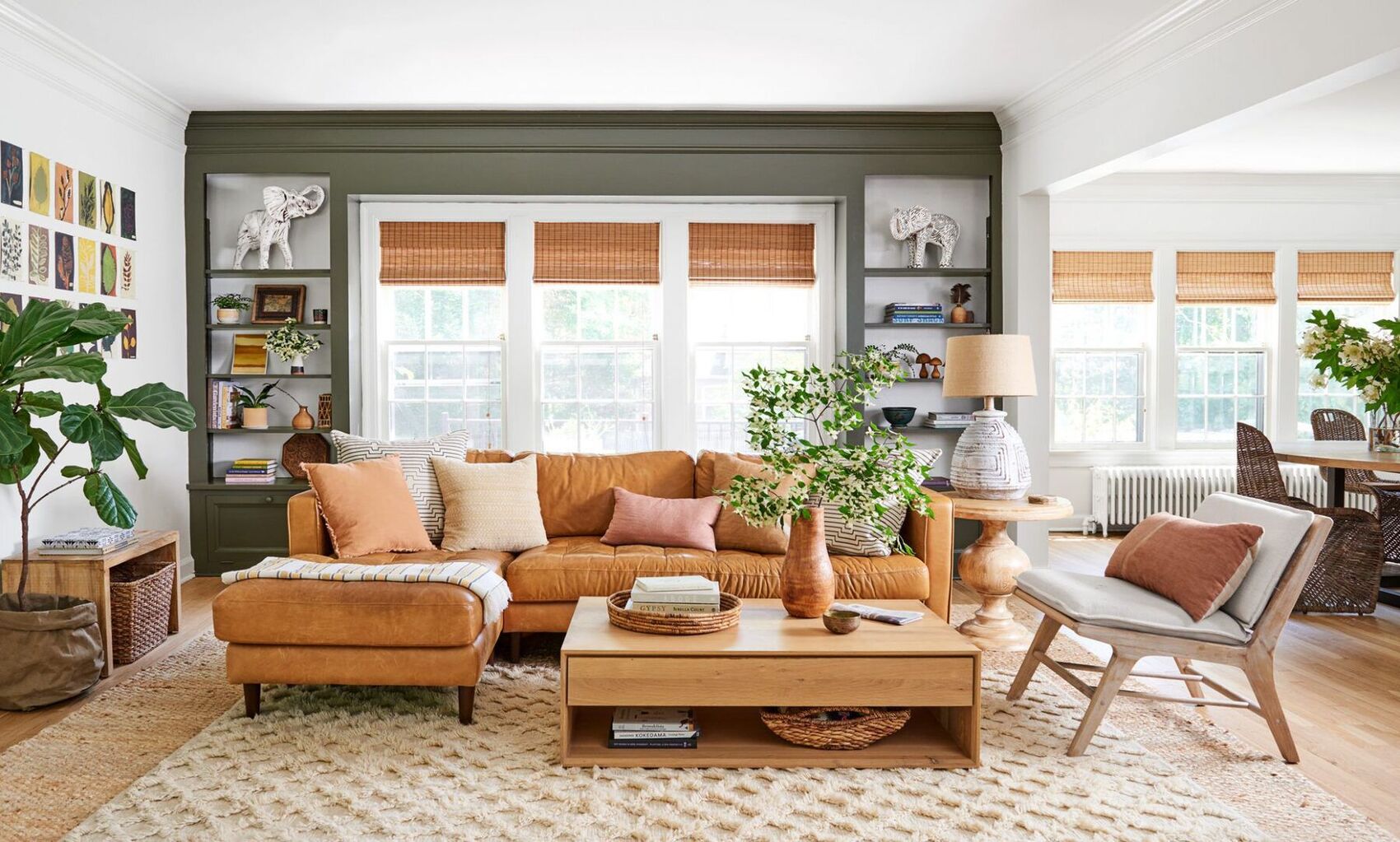
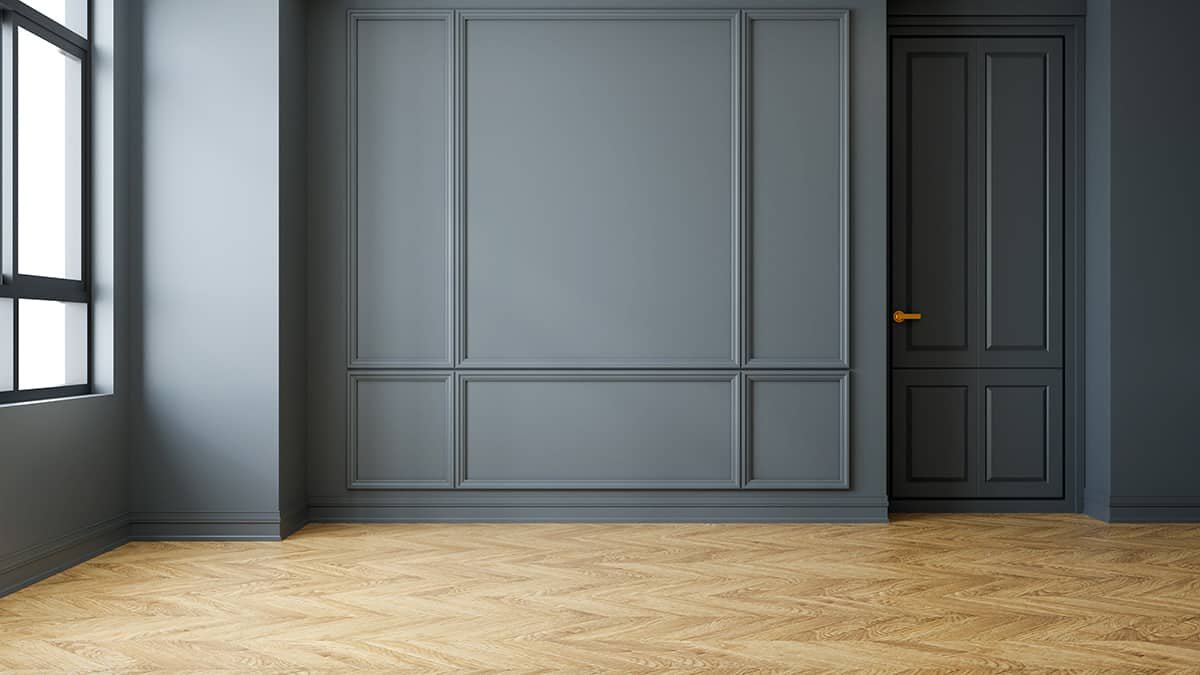
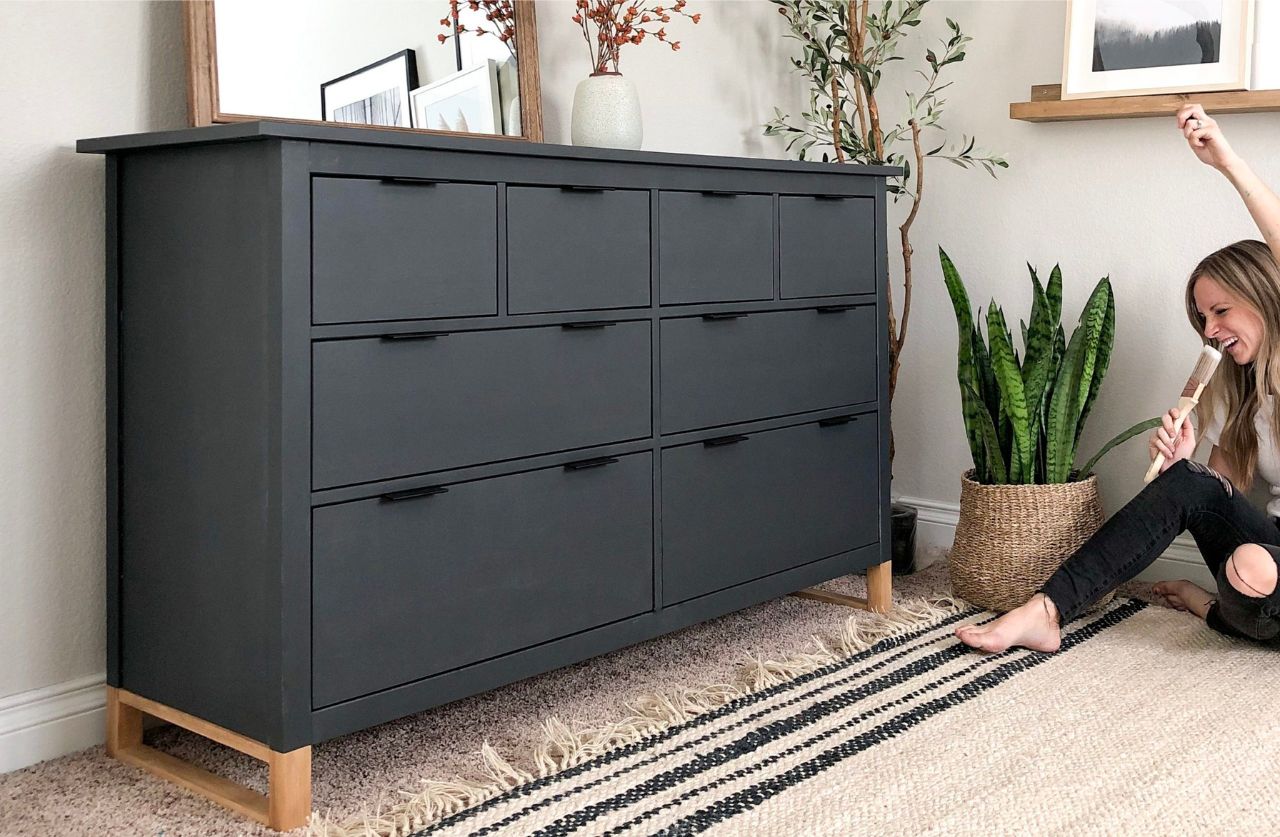
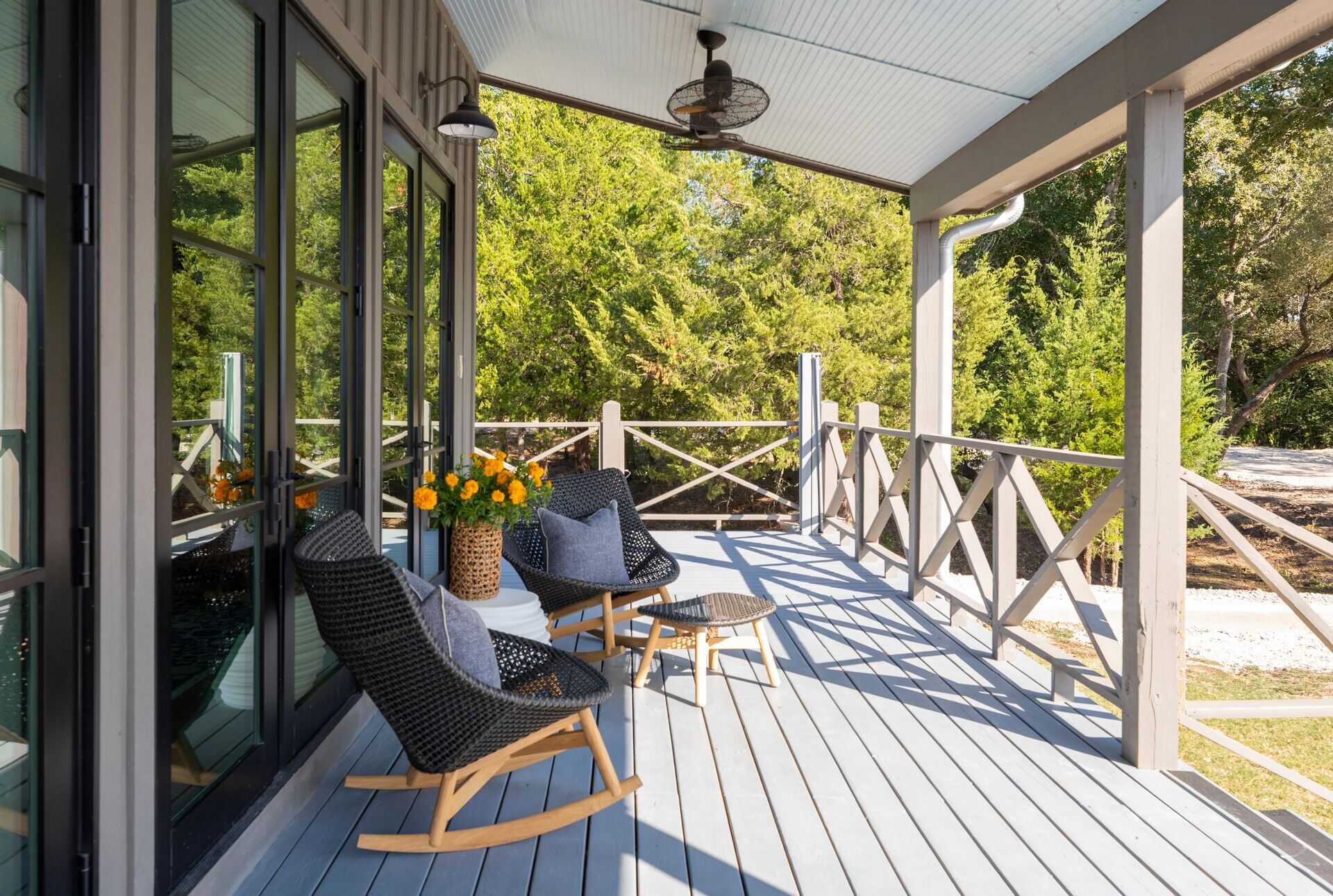
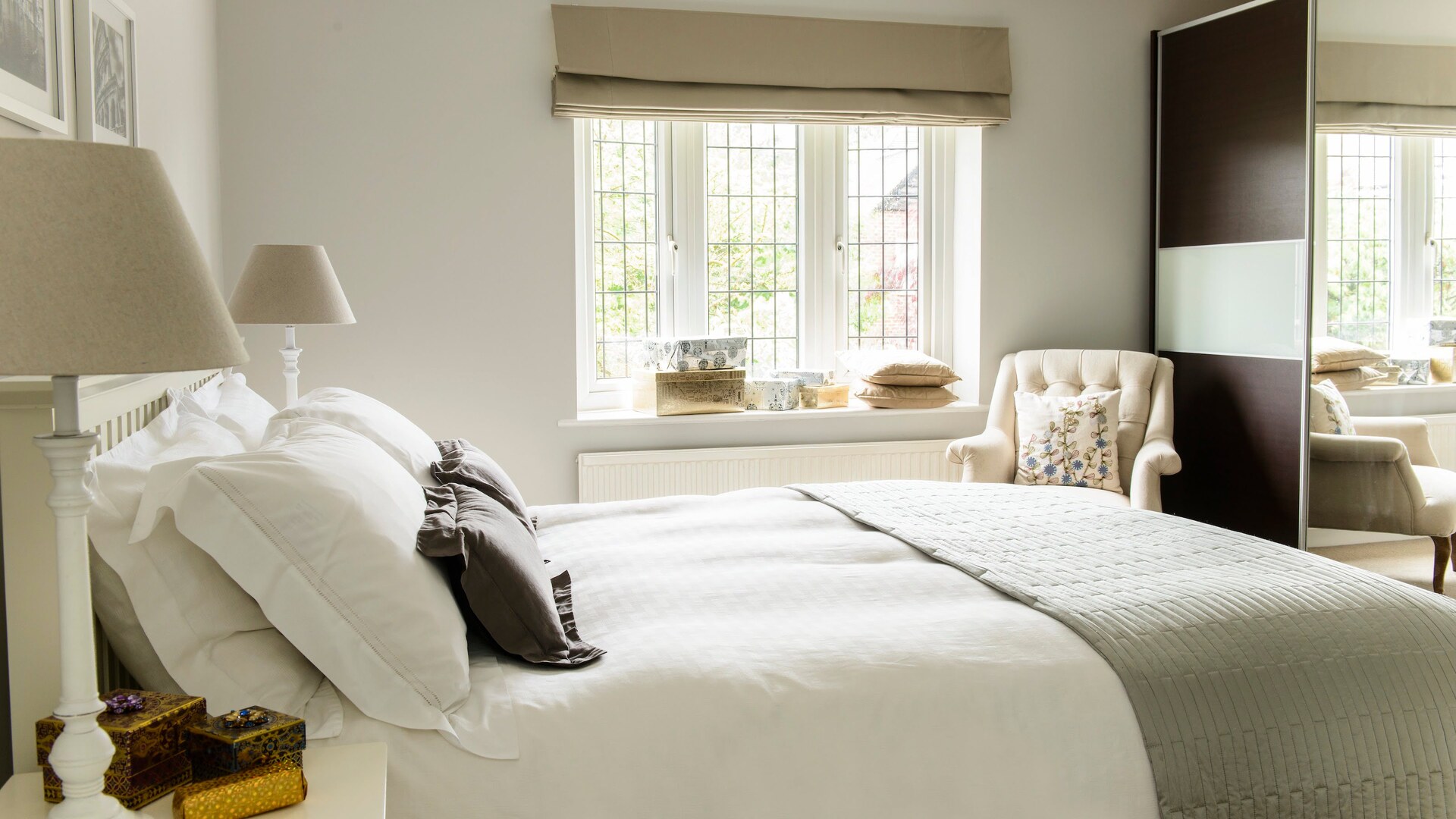
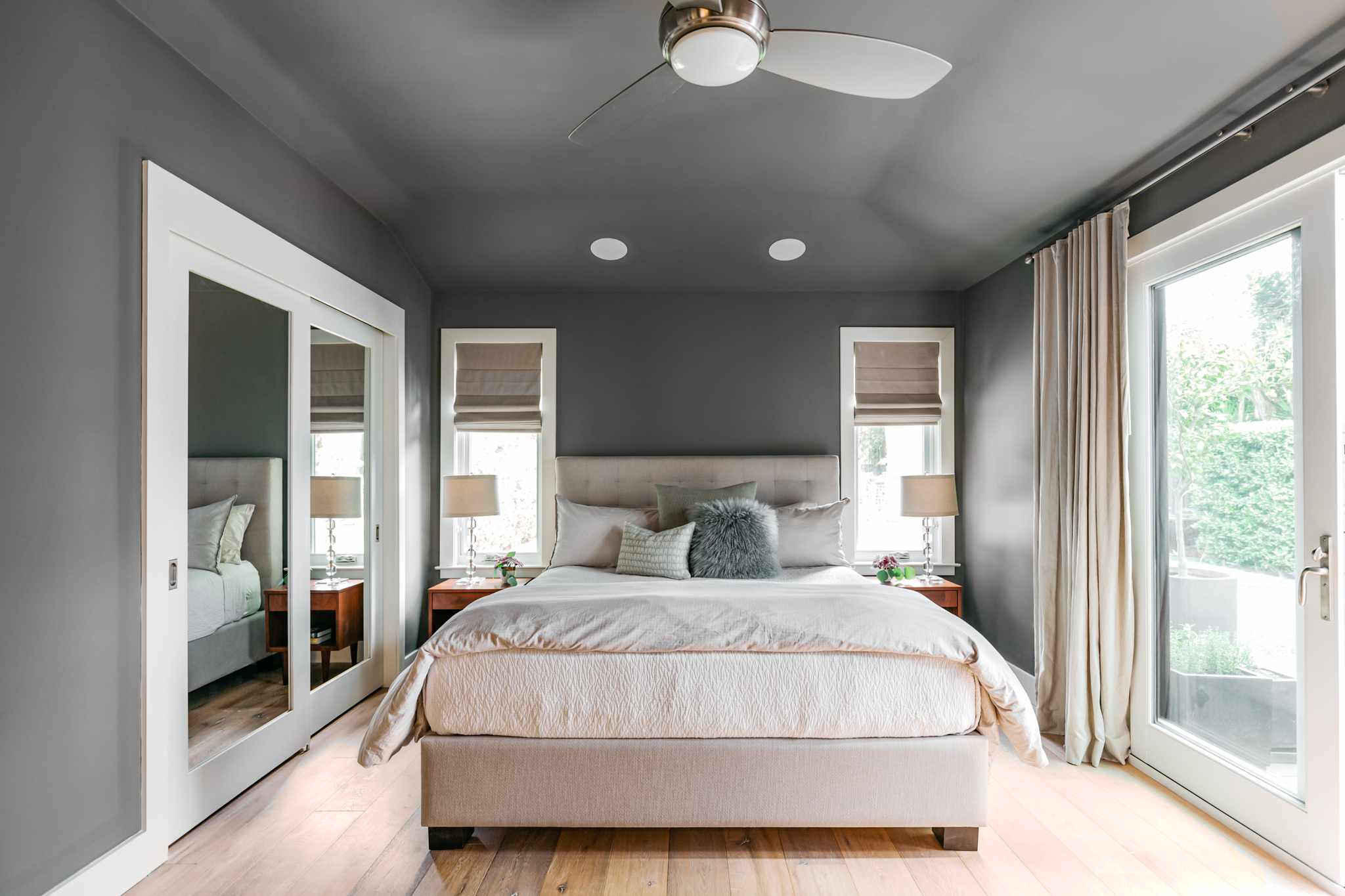
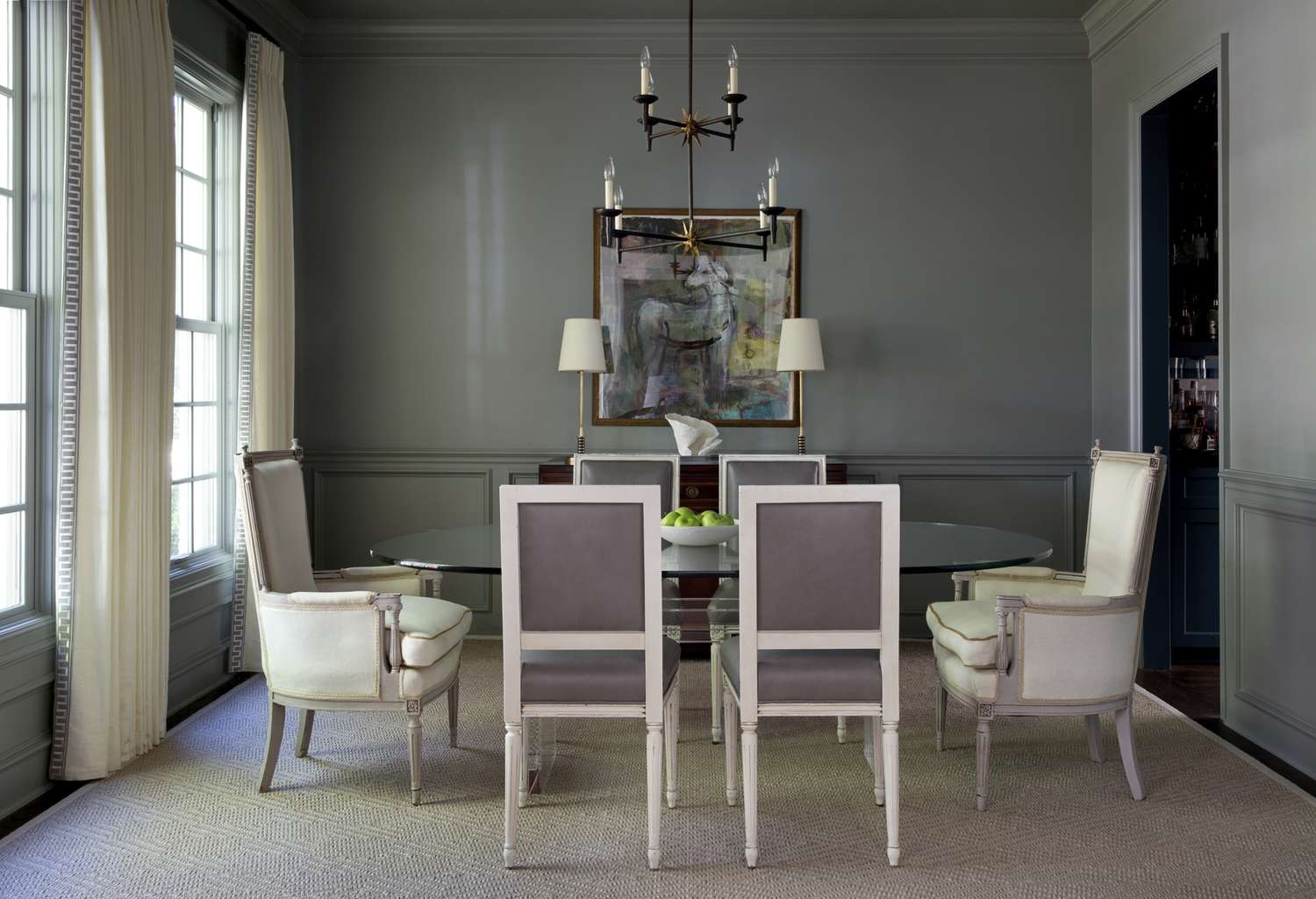
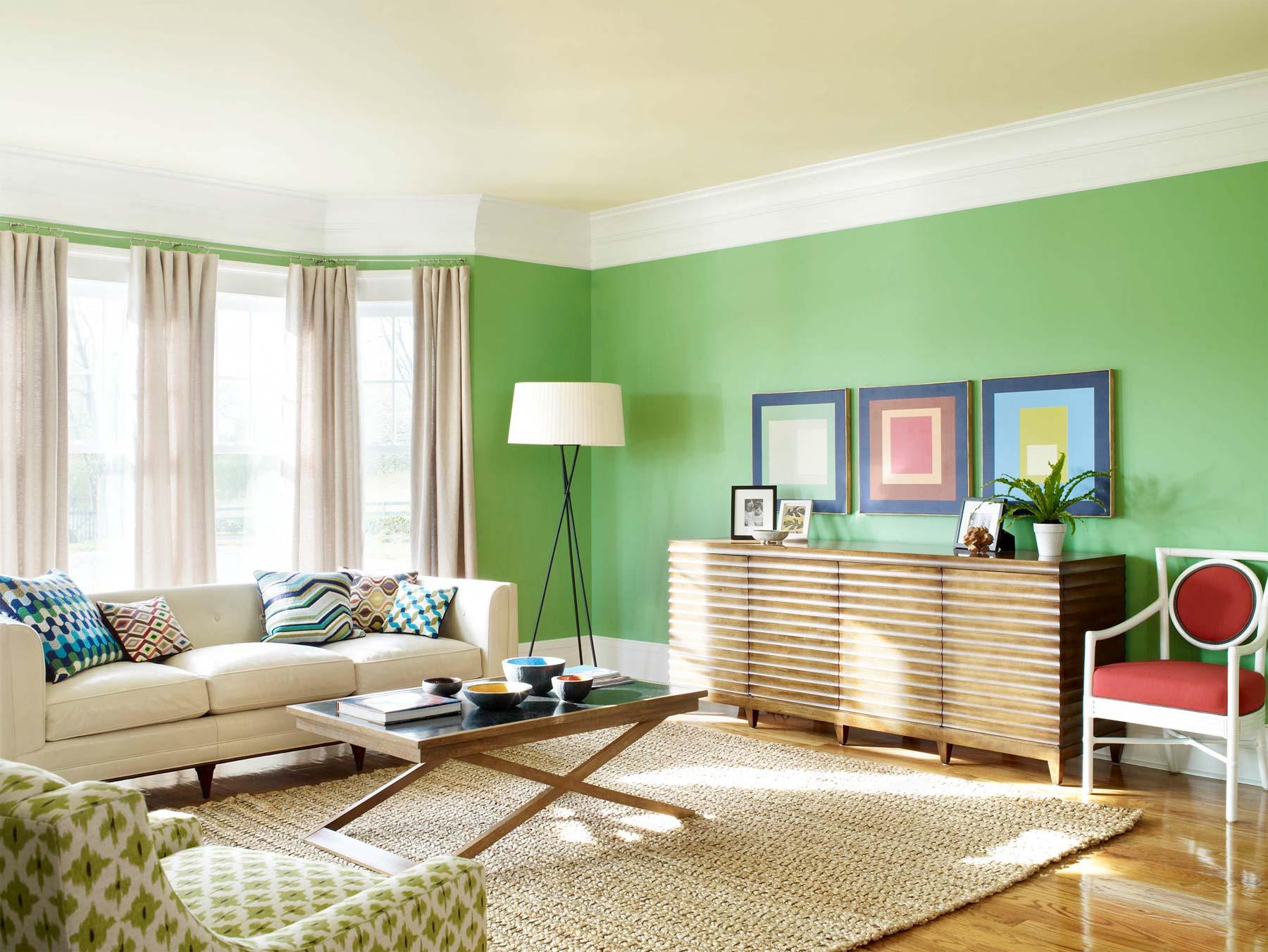
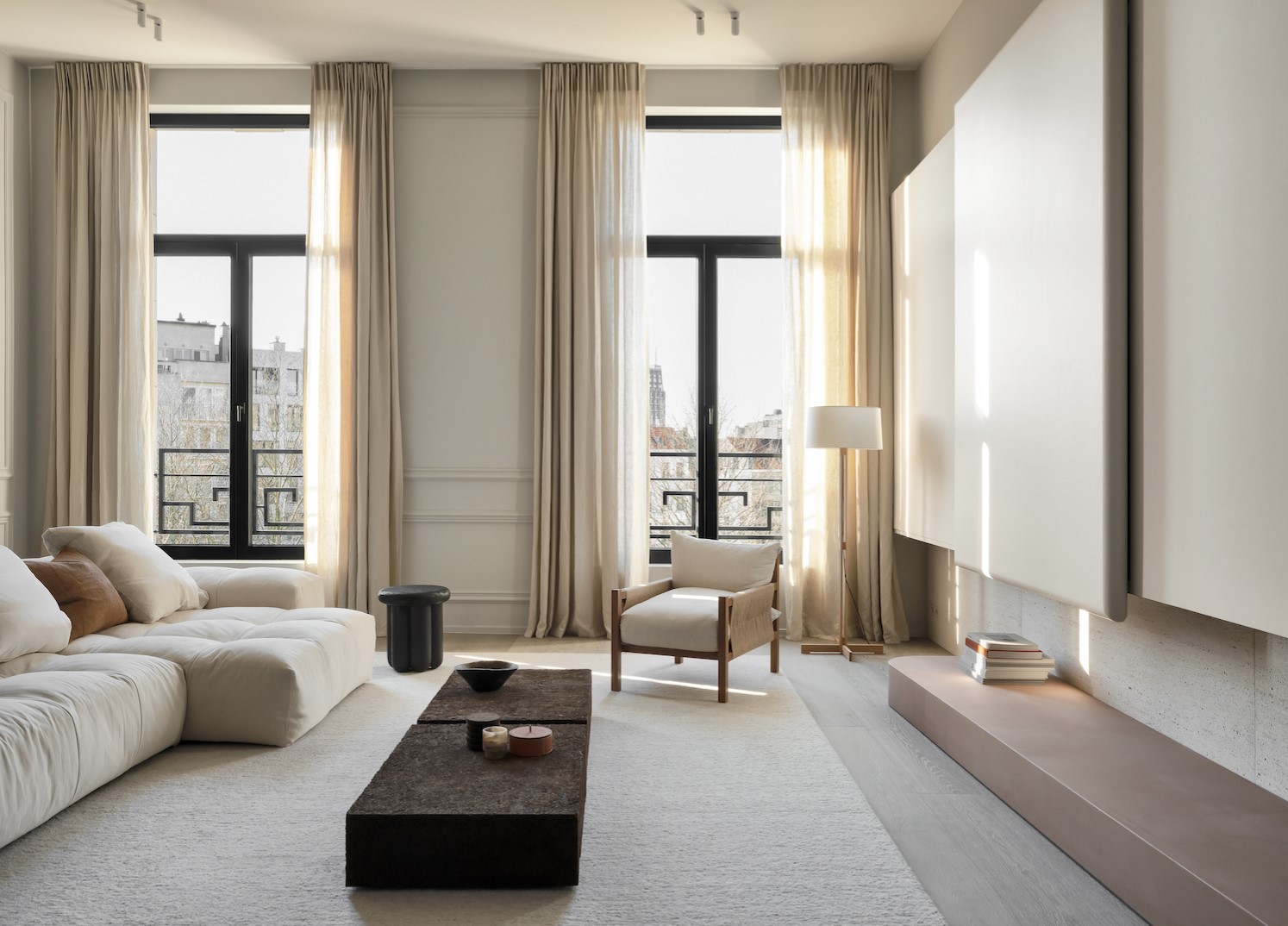
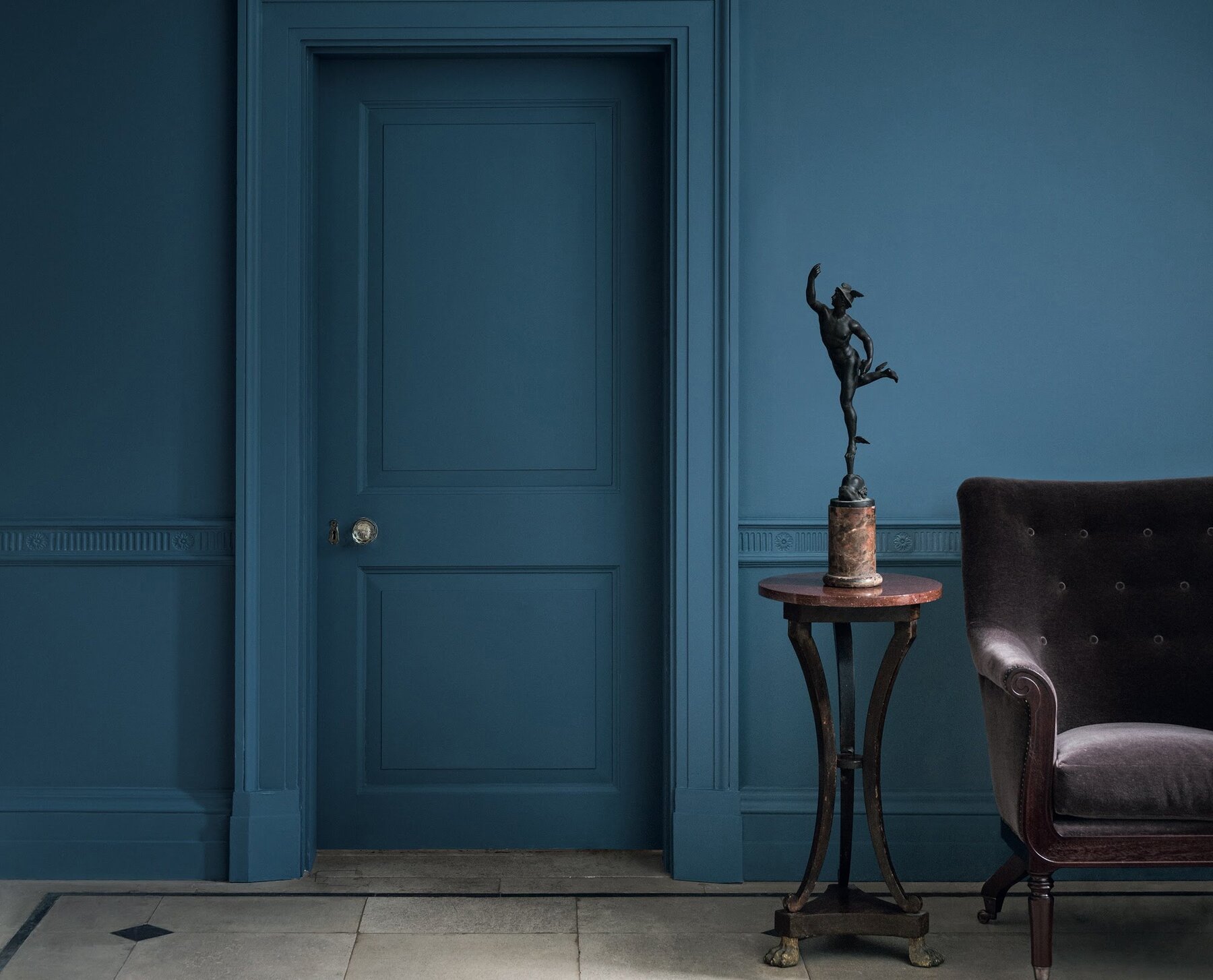
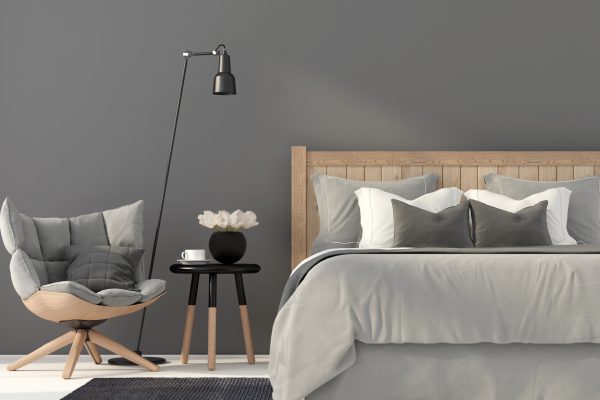
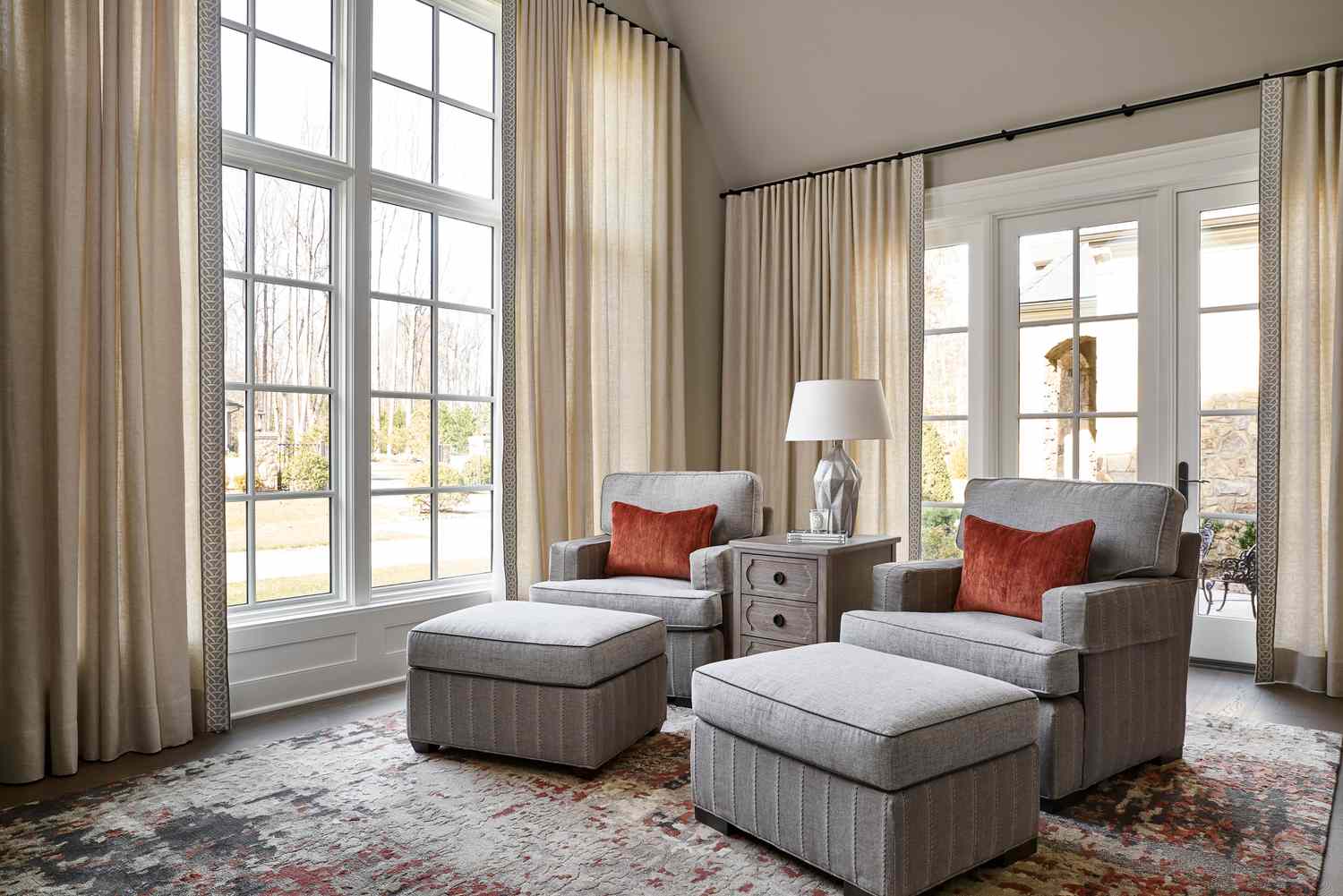
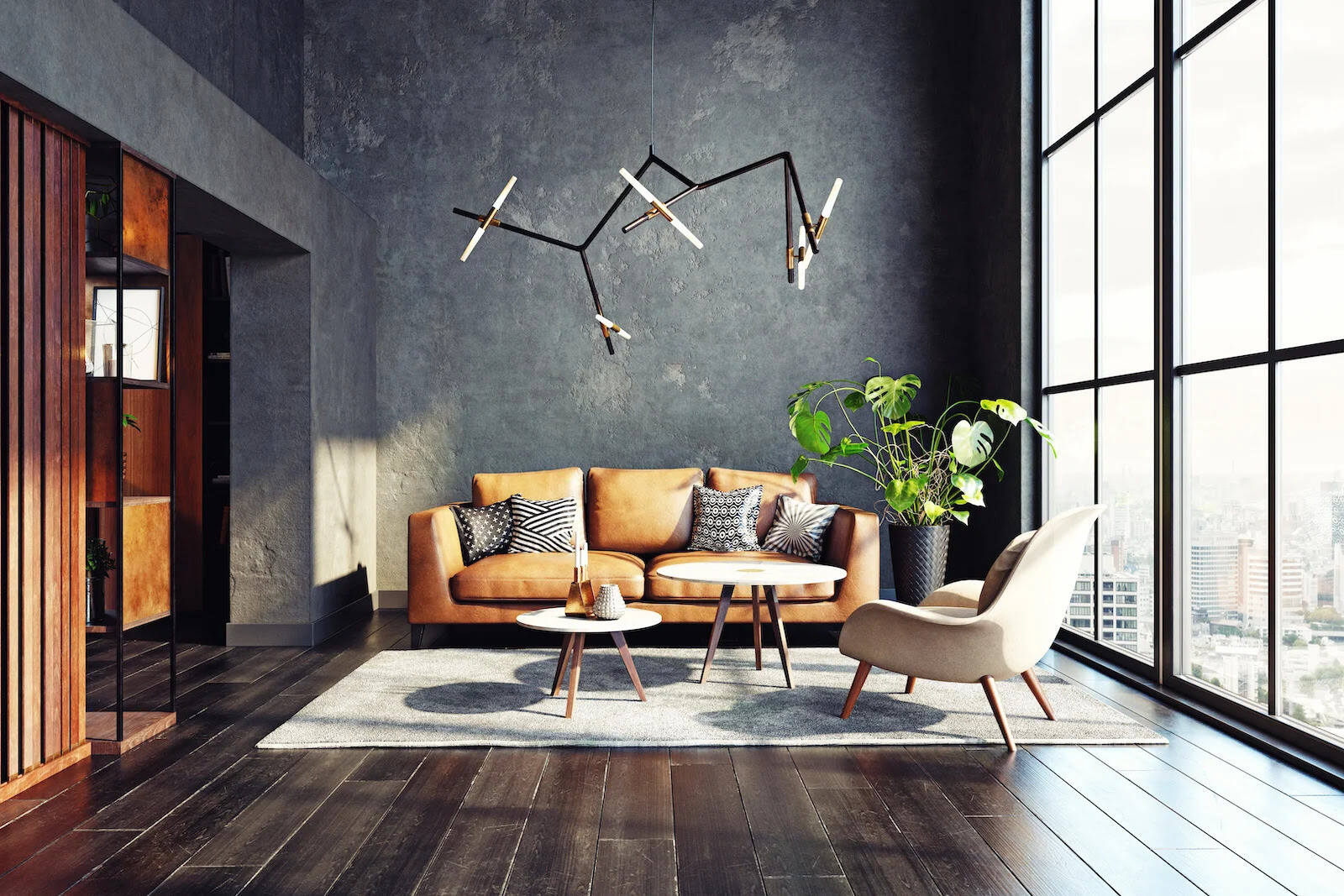
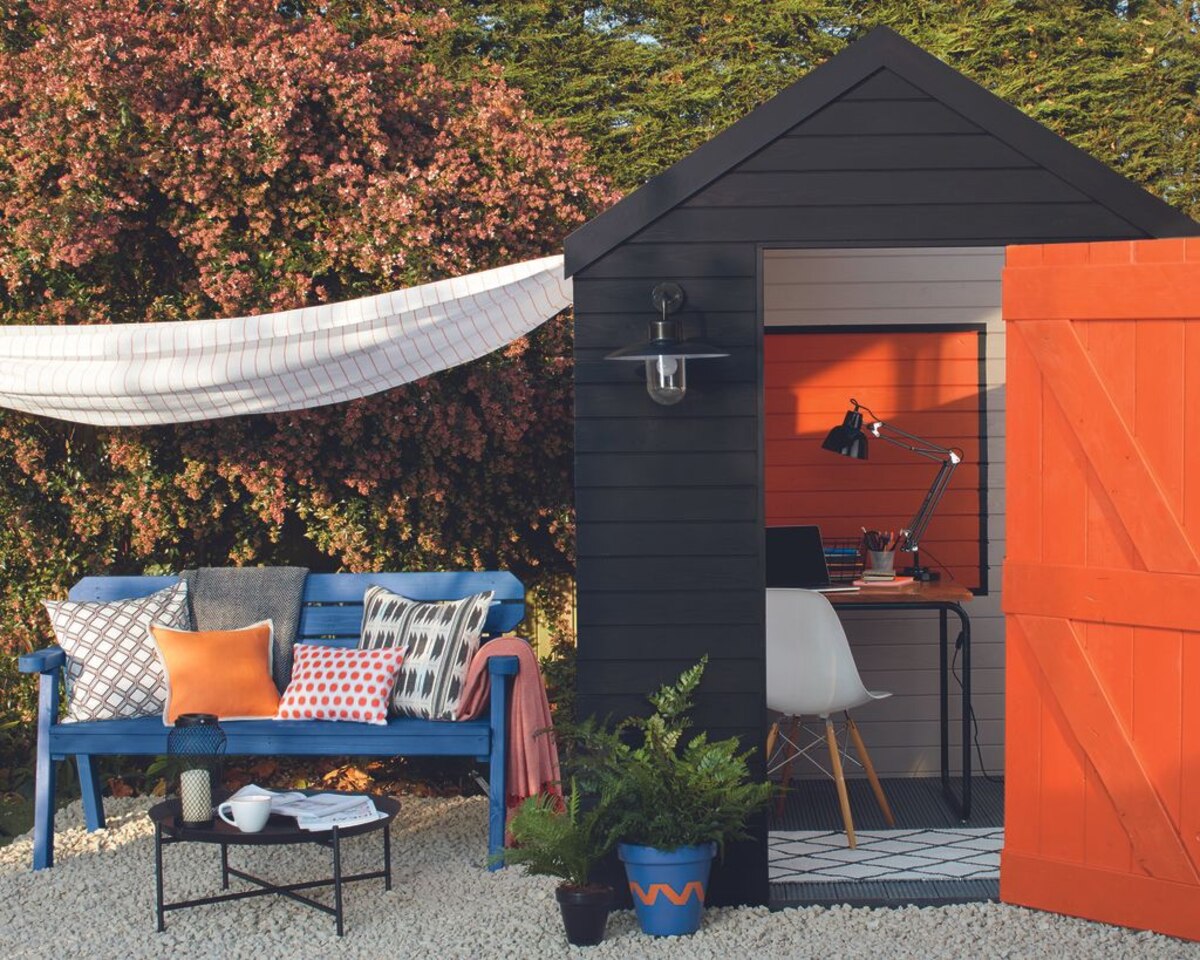

0 thoughts on “What Color Should I Paint My Walls If My Floor Is Gray?”